
Budget 2017 – Expectations of the Automotive Industry
2016 was a year of ups-and-downs for the automotive industry in India. While most of the year the industry maintained a healthy rate of growth across
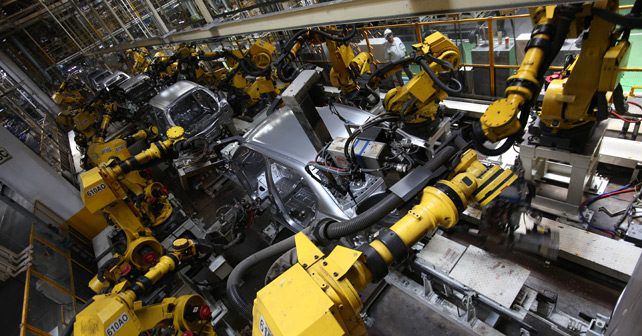
2016 was a year of ups-and-downs for the automotive industry in India. While most of the year the industry maintained a healthy rate of growth across segments, the demonatisation process brought with it quite a bit of headaches for the industry in the last quarter. Faced with a crunch of cash, and an environment of uncertainty regarding the cash policy of the government, the buyer sentiment tanked and led to a sales dip across segments. However, with the cash situation easing up, and bank interest rates getting slashed, sales have once again started picking up. So, as the Narendra Modi government gets sets to announce what has the potential to be a landmark budget for the Indian economy, we take a look at the expectations and desires of the Indian automotive industry from it.
• GST and lower taxes: It is a commonly known fact that if the Indian economy can move to an effective GST tax system, it could be a huge turning point not just for the economy, but also for the ease of doing business in India. With state-wise taxes gone, not only would inter-state movement of vehicles become a much easier process, but with the abolition of excise, sales and other taxes, it will lead to much less paperwork and regulatory compliance issues for companies. Similarly, vehicles could also become more affordable with uniform taxation, but, that depends on the tax slabs that the government decides to implement. Unfortunately, there is no clarity on this aspect yet, and we will have to wait till the 1st of February to know what tax slabs will be decided for automobiles. However, the industry hopes that the tax slabs will be kept at a reasonable level, and if automobiles do not get charged luxury taxes, this could even lead to the reduction in prices in certain vehicle segments.
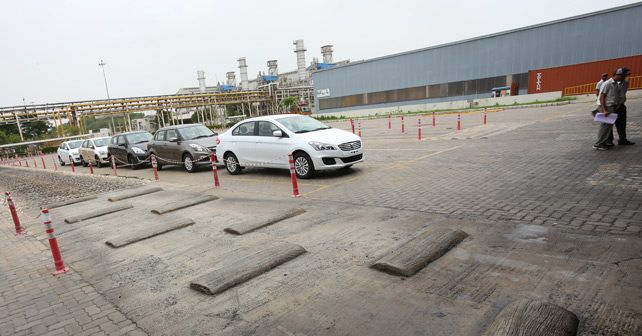
• Lowering of Income Tax structure: With the implementation of the demonitisation scheme, there is increased expectation that the Indian economy could be moving towards a much lower rate of income tax, which could result in a big boom for consumer spending and, as a result, the Indian economy. With disposable incomes increasing in case of a tax reduction, this will see increased purchase as well as a positive buyer sentiment. In this case, the sales of both two and four-wheelers will definitely see a positive trend. This could also benefit the luxury sector, as in such a case, many customers would prefer moving up segments when replacing their existing vehicles.
• Lower interest rates: With banks flush with funds due to the demonitisation scheme, there have already been cuts in interest rates for loans across the board. And with the budget, this trend is expected to continue, with the bank’s full coffers allowing them to offer a lesser interest rates on vehicle finance. Naturally, this will add to a spike in new vehicle sales with the lower rate-of-interest encouraging customers to purchase vehicles.
• Vehicle Scrappage scheme: Another expectation from the government in the near future is the introduction of a vehicle scrappage scheme. Advocated by not just the environmentalists, but also by the automotive industry, the scheme will offer an incentive to customers to scrap their older vehicles in place of a new one. Designed to phase out older, more polluting vehicles, not only will the introduction of such a scheme see a possible reduction in pollution from vehicles on our roads, but also provide a major boost to the automotive sector, offering another avenue for sales increase. However, given the costs involved for the government in introducing such a scheme, this might be a distant hope.
• FAME Initiative: With the air pollution scenario in our country getting increasingly grim, there have been increased appeals from various sectors for a focus on clean and renewable energy. This has also echoed in the case of vehicles, with a focus on selling lesser polluting vehicles, and even a focus on hybrid and electric vehicles. While the charging and electric infrastructure in India remains a distant dream, however, the governments FAME initiative has added some incentive to the purchase of Hybrid and Electric vehicles. The industry is also hoping that the initiatives in the FAME scheme will see an increase, and that could not only propel greater sales of Hybrid and Electric vehicles, but also a possible reduction in pollution levels of our air.









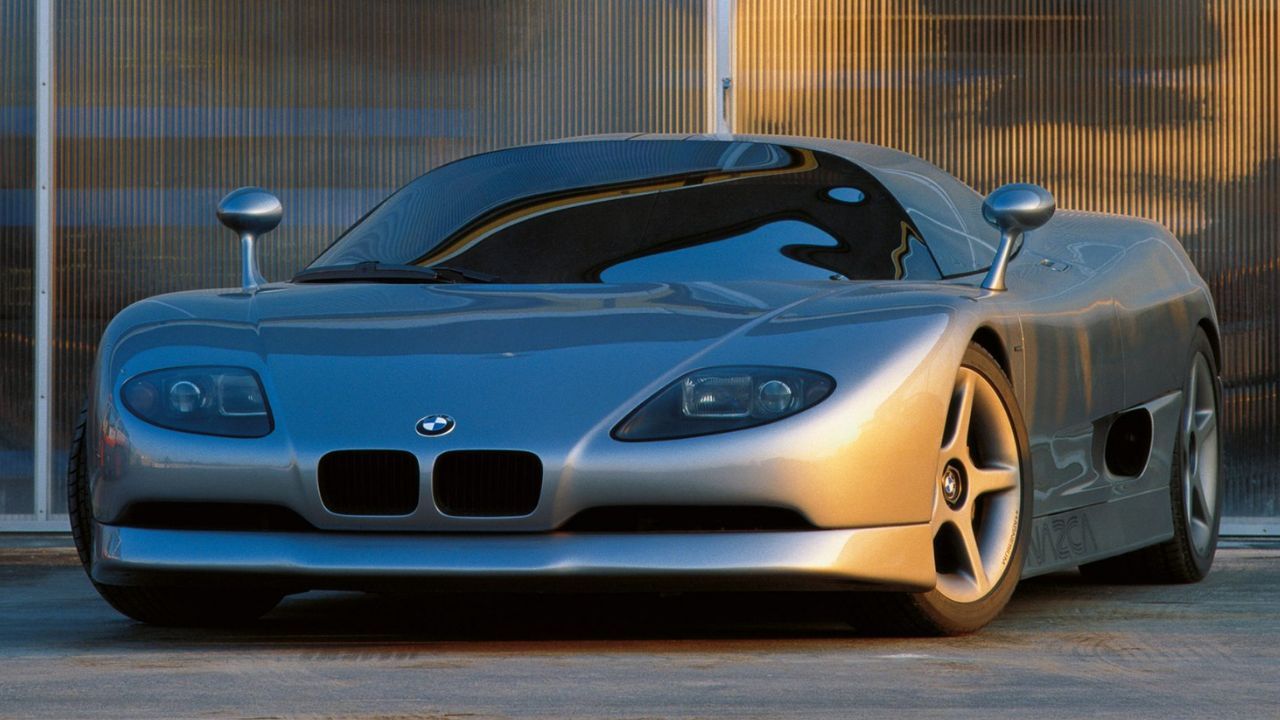

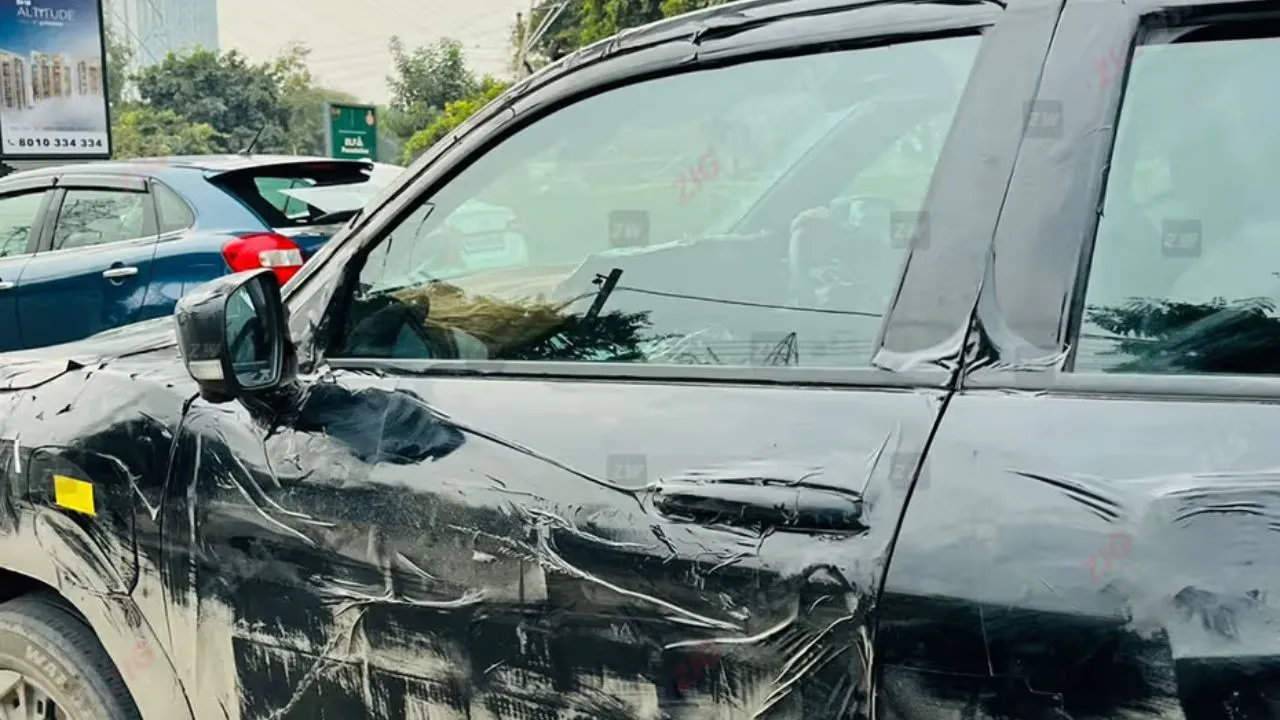
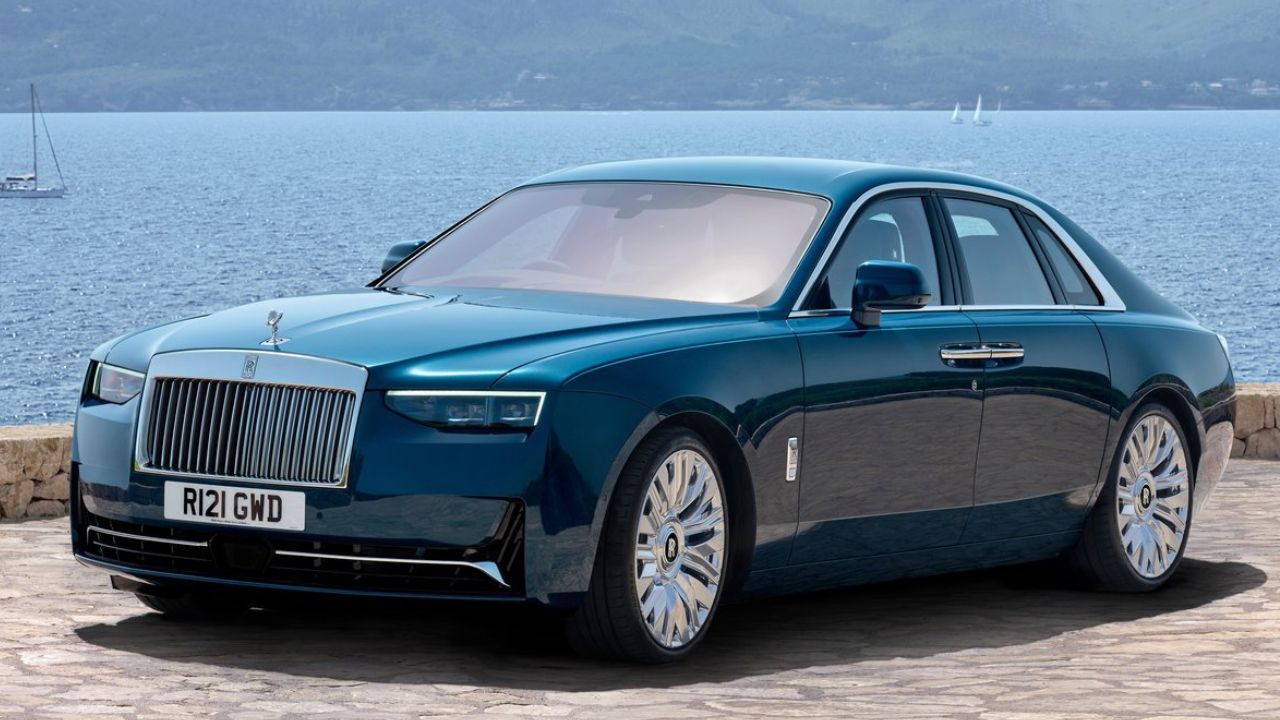
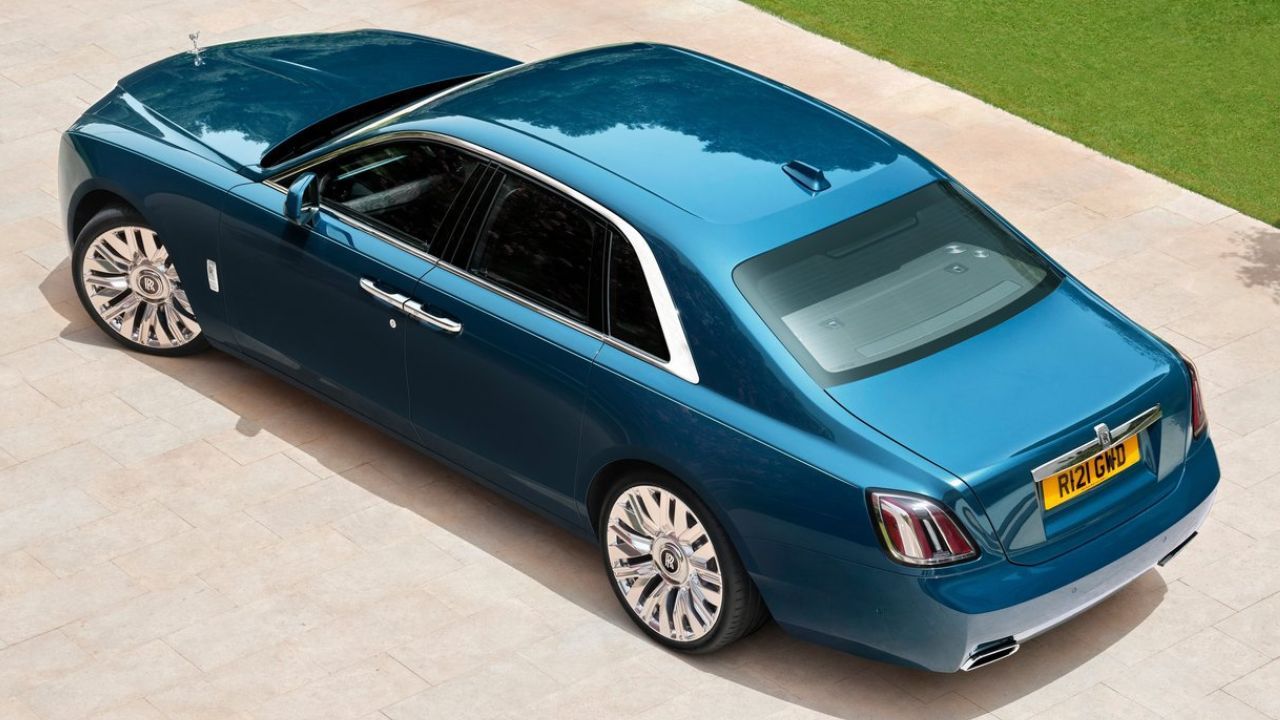
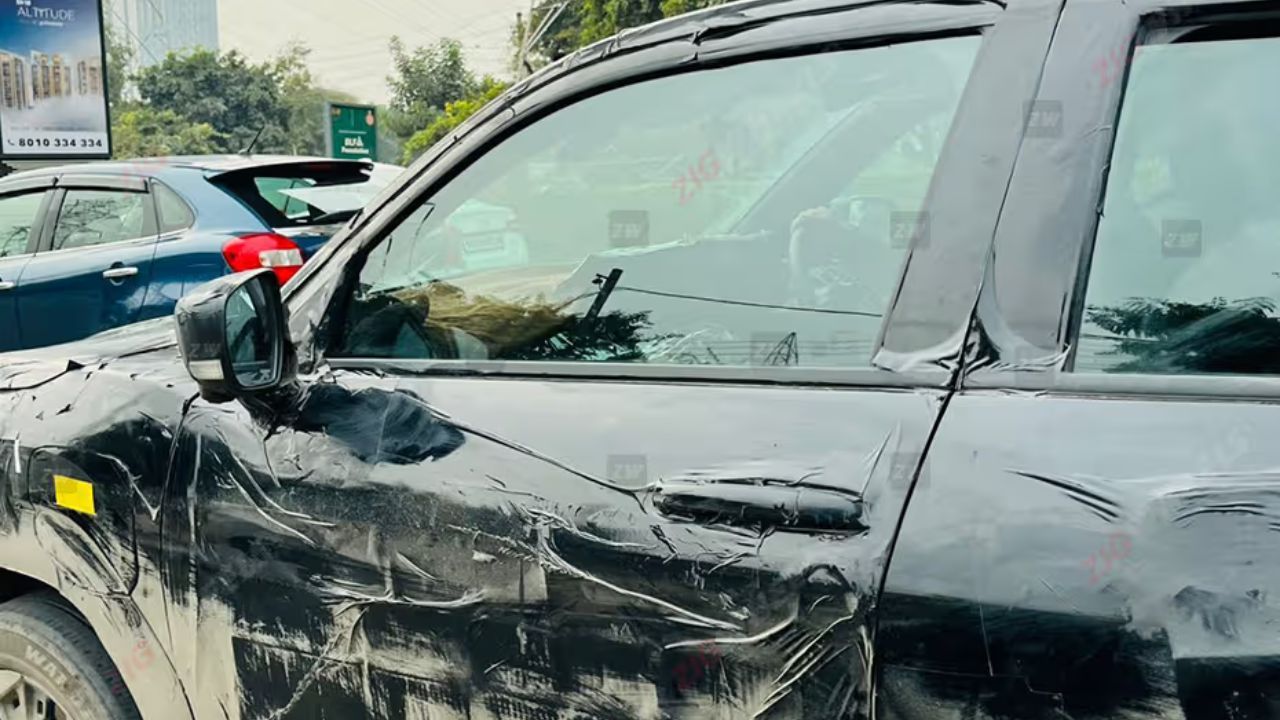














Write your Comment on